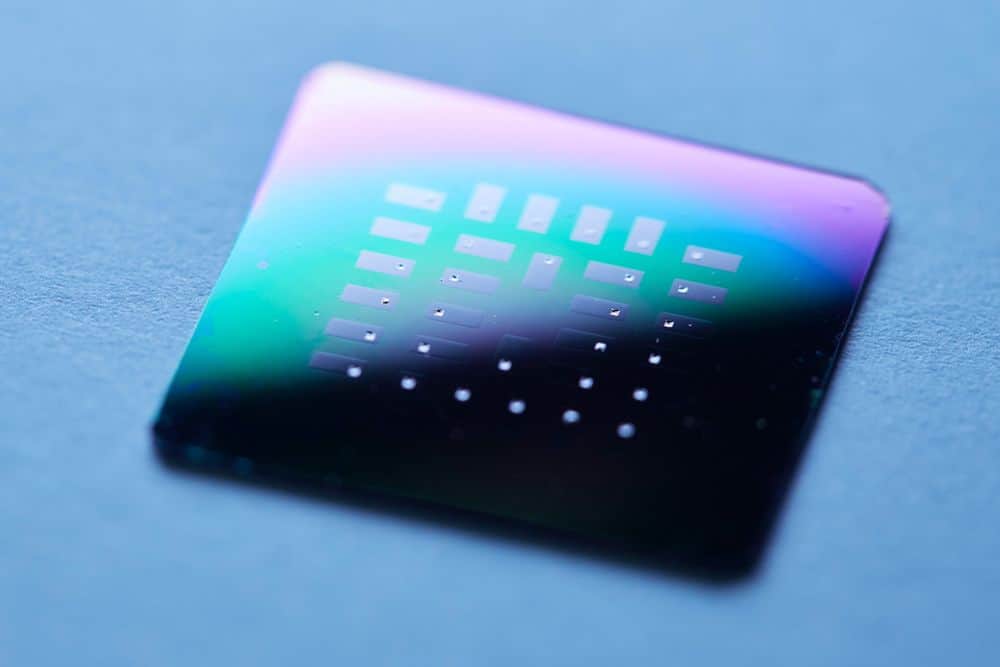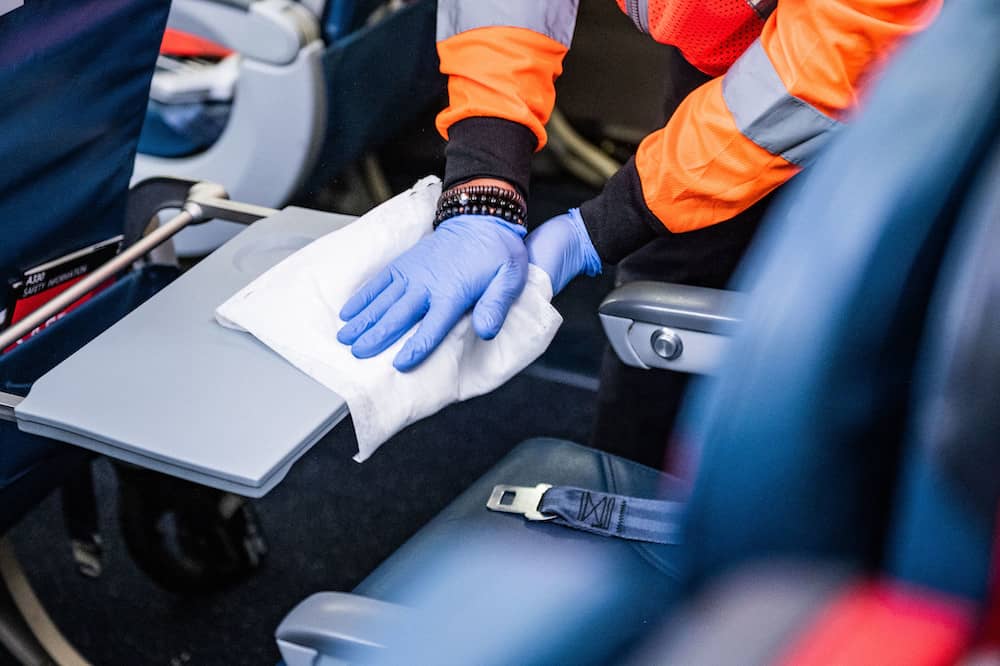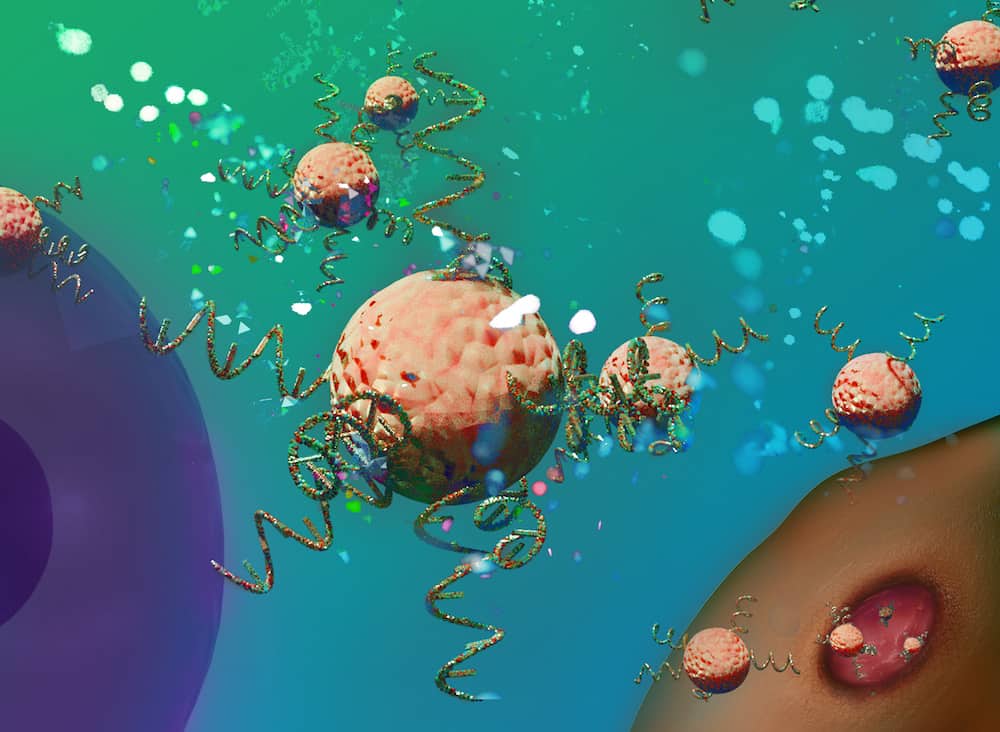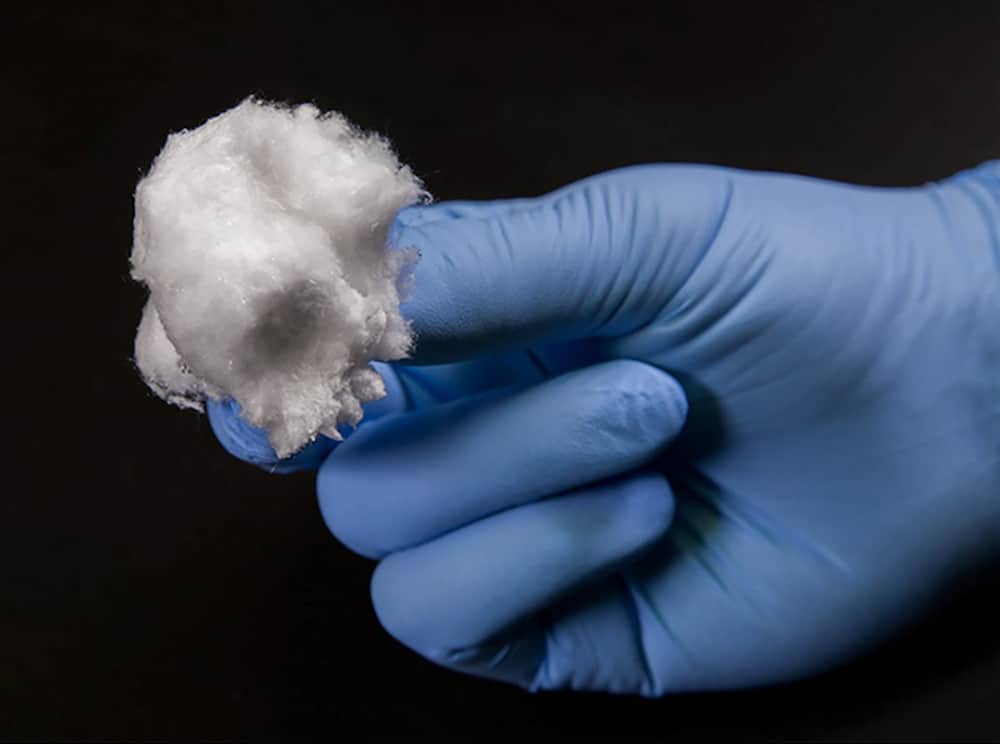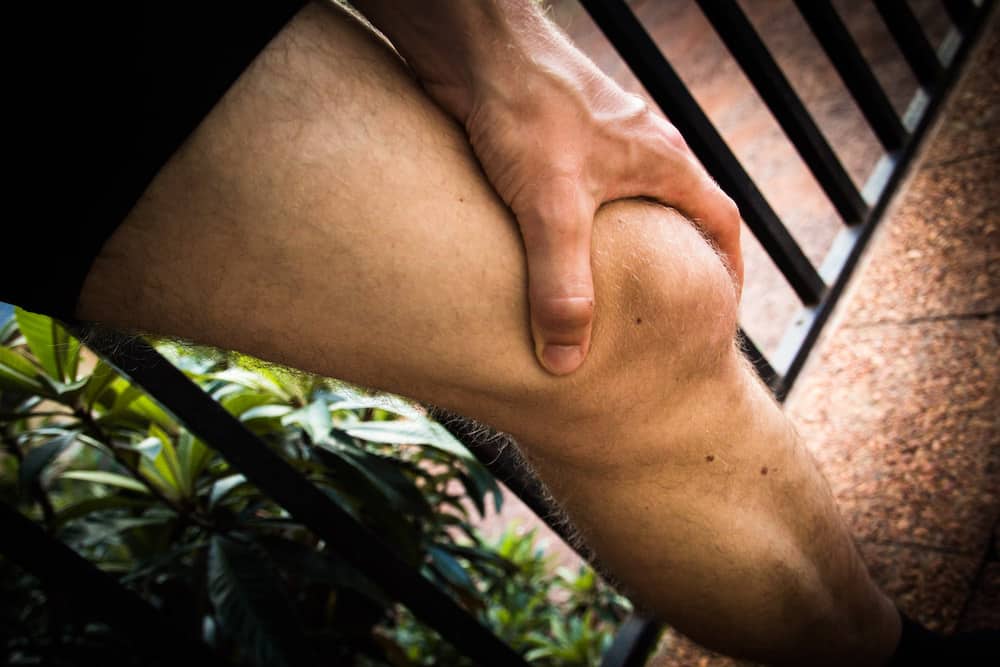Glucose fuel cells allow for significant volumetric scale-down of implantable devices because they do not physically store energy like batteries. However, cells that use polymer-based electrolytes face some limitations. Researchers from MIT and the Technical University of Munich developed glucose fuel cells using a ceramic membrane that overcome these limitations.
Read MoreDisinfectants based on inorganic materials have gained much attention recently due to setbacks with organic-based disinfectants. Researchers in Spain investigated the ability of a soda-lime glass and nanoparticle-embedded clay to inactive different types of viruses.
Read MoreInhalable medicine offers several advantages over injections. Researchers in Italy explored the development of inhalable drug-loaded calcium phosphate nanoparticles for treating myocardial cells in the heart.
Read MoreSome all-ceramic dental crowns are relatively new to the marketplace, and researchers are still learning what factors affect the performance of these crowns in the long term. Researchers in Saudi Arabia investigated the effect of a coffee beverage and two whitening systems on the surface roughness and gloss of glazed lithium disilicate glass-ceramics.
Read MoreLow-level laser therapy is typically used to treat soft tissue injuries and diseases. Researchers in Brazil and Ecuador explored the potential of the technique to treat bone defects instead, specifically by improving osseointegration of implants in brown rats.
Read MoreBarriers to commercialization are not stopping scientists from developing new and improved methods for rapid testing of COVID-19. In today’s CTT, we look at three recent studies furthering research in this area.
Read MoreCerium oxide nanoparticles have gained attention in biological fields due to their unique properties, including the ability to act as both an oxidation catalyst and reduction catalyst. In two new papers, researchers at the University of Central Florida explore the potential of these nanoparticles in wound healing and as a surface disinfectant.
Read MoreImproving treatment of chronic diabetic foot ulcers can prevent the need for amputation. Researchers explored using a new borate-based bioactive glass to improve the rate of wound healing.
Read MoreBreathalyzers are a promising method for quickly screening groups of people for COVID-19. Researchers in Pennsylvania analyzed breath samples from children with and without SARS-CoV-2 infection to identify biomarkers that indicate infection.
Read MoreGiant cell tumor of bone is an aggressive, semimalignant tumor that can grow quickly and destroy bone close to a joint. A research collaboration from Heidelberg University Hospital and University of Erlangen-Nuremberg in Germany explored the potential of bioactive glass to treat these bone tumors.
Read More
